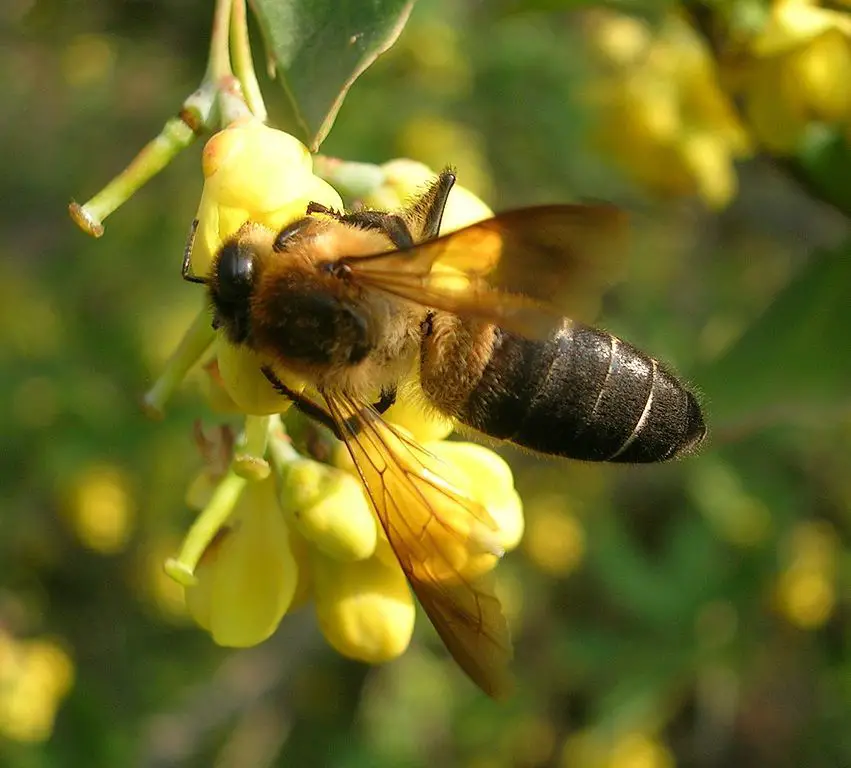A huge bee in the Himalayas makes honey unlike any other bee in the world. The honey it produces is a hallucinogen. But the fun doesn’t stop there. It’s also toxic, and this honey could kill you.
The Himalayan honey bee, or Apis dorsata laboriosa, is the largest bee in the world. It is twice as large as an average bee, measuring a little over an inch in length. The bees are found high in the Himalayan mountains of Bhutan, China, India, and Nepal, where they make their nests at an elevation from 8,000 to 10,000 feet. Locals report that the sting of this giant bee is similar to that of a regular honeybee, but what is different, and much more dangerous, is the honey it produces.
The honey produced by these bees is so deadly because they get nectar from the flowers of the rhododendron. This nectar contains a toxin called grayanotoxin, which in high enough concentrations can cause nausea, vomiting, breathing problems, and full-body paralysis. It was even used at one time as a poisonous weapon by soldiers. But the toxin also produces a hallucinogenic effect, and the honey is believed to have medicinal qualities. This has made the honey highly valued on the black market, where it sells for $166 per pound.
Getting the honey is no easy task, however. The bees not only live at a high elevation in the foothills of the Himalayas, but they are also deep in the jungle. The collectors first try to distract and drive the bees away from their nest with smoke from a fire made from jungle leaves. Then honey collectors use bamboo rope ladders to scale the cliffside to get to the honeycombs where the bees are never too happy to see them.
After they climb the rope ladder, the honey collectors, often with very little in the way of protection from the bees, cut off a portion of the honeycomb using a long pole. The honeycomb then drops into a basket or falls to the ground below. The basket is then lifted to the top of the cliff by another worker, or it is gathered from the ground.
There’s a good reason why this honey is also known as “mad honey.” You can see how the honey hunters get it below.
Sources: Fox News, News.com.au, Curios Meerkat, Wikipedia


